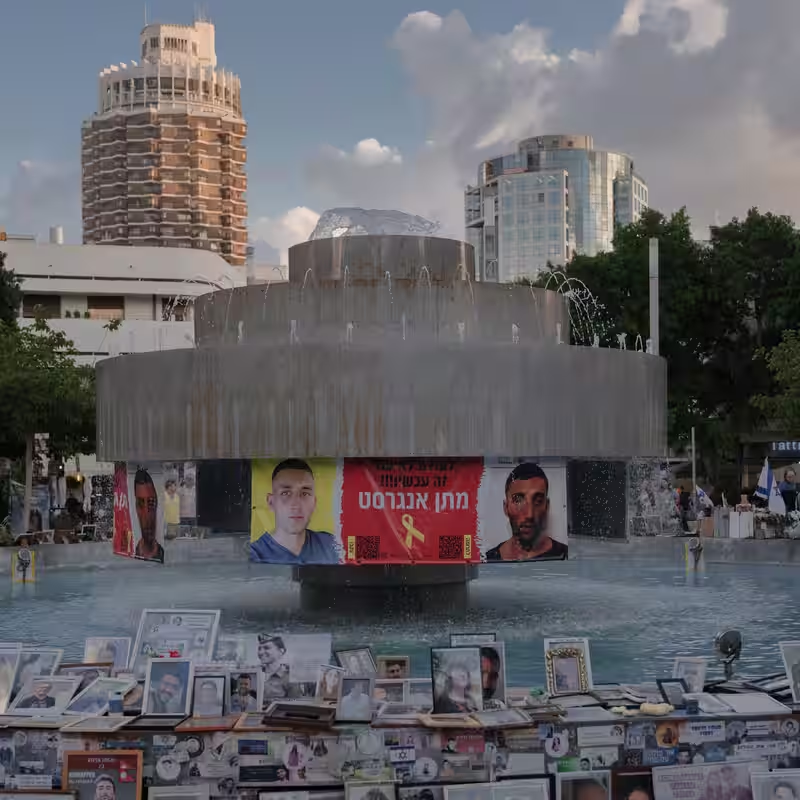Gaza Hostage Deal breakthroughs don’t come often—but when they do, the world watches. After 736 harrowing days, a deal to release the remaining 20 hostages believed alive in Gaza is finally set to take effect. Yet, as crowds cheered in Tel Aviv’s Hostage Square on Saturday night, a haunting question echoed through the celebrations: Why now?
Table of Contents
- A War That Could Have Ended Earlier
- Biden’s Efforts and the January Ceasefire
- Trump’s Unconventional Diplomacy
- Hamas Under Pressure
- Netanyahu’s Dilemma
- What’s Next for Gaza?
A War That Could Have Ended Earlier
Historians and analysts are already debating whether the Israel-Hamas war could have concluded as early as October 2024—shortly after Israeli forces killed Yahya Sinwar, the mastermind behind the October 7, 2023 attacks. At that point, Hamas was reeling, and a window for negotiation may have existed. Instead, the conflict dragged on, claiming tens of thousands of Palestinian lives and leaving Gaza in ruins.
Biden’s Efforts and the January Ceasefire
Before leaving office, President Joe Biden’s administration managed to broker a fragile ceasefire in January 2025. Over 130 hostages had already been released, aid was flowing into Gaza, and a “day-after” reconstruction plan was in place. “We handed over a cease-fire that silenced the guns,” said former Secretary of State Antony Blinken in a recent interview. But that progress stalled when the Trump administration took over—and the war reignited for another eight months.
Trump’s Unconventional Diplomacy
President Donald Trump, known for his real-estate-style dealmaking, initially offered Israel near-unconditional support—rejecting international calls for restraint and even floating a bizarre plan to turn Gaza into a luxury resort. But a turning point came after Israel bombed a Qatari safehouse housing Hamas negotiators—an act that angered Trump and galvanized Arab states around a new U.S.-backed framework.
Trump’s 20-point plan, while short on traditional diplomatic detail, demanded a ceasefire, hostage release, and the creation of a “technocratic” interim government in Gaza backed by an international force. Crucially, Trump leaned hard on Prime Minister Benjamin Netanyahu, forcing a public apology to Qatar and pressuring him to accept terms he’d previously resisted.
Hamas Under Pressure
By mid-2025, Hamas was cornered. Its leader was dead, Iranian support had evaporated after a 12-day war with Israel, and its ammunition stockpiles were dwindling. Palestinian analysts say the group realized that continuing to hold hostages was no longer a shield—but a liability. “Their existence was giving Netanyahu an excuse to keep bombing,” said Mkhaimar Abusada, a political science professor who fled Gaza early in the war.
Netanyahu’s Dilemma
Despite his hardline stance, Netanyahu faced mounting domestic pressure. Polls showed over 80% of Israelis supported ending the war to bring the hostages home—even if it meant compromising on military objectives. When Trump summoned him to the White House in September, Netanyahu had little room to maneuver. He signed onto the deal, likely betting Hamas would reject it. Instead, Hamas said “yes, but”—and Trump treated it as a full yes.
What’s Next for Gaza?
The immediate focus is the safe return of the 20 hostages. Beyond that, the success of the 20-point plan hinges on international cooperation, reconstruction funding, and whether a temporary Gaza administration can stabilize the territory without reigniting violence. For now, families are breathing a sigh of relief—but many wonder how much suffering could have been avoided.
Sources
- The New York Times – Why Now? The Lost Chances to Reach a Hostage Deal
- Interview with Antony Blinken, former U.S. Secretary of State
- Statements from Amos Yadlin, former Israeli military intelligence chief
- Commentary by Mkhaimar Abusada, Palestinian political analyst




